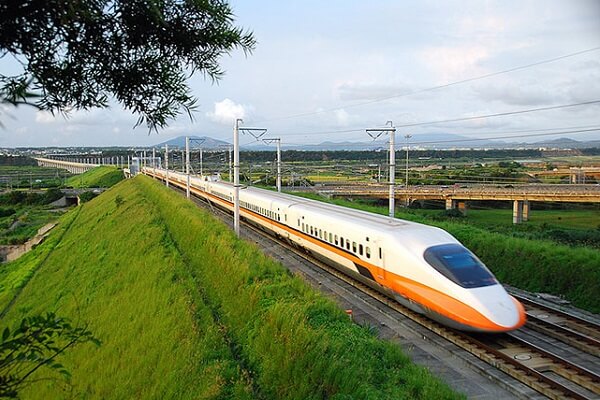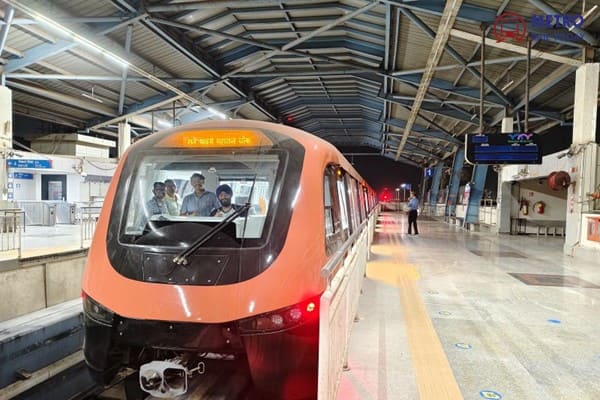 New Mumbai Monorail Rake by Medha Servo Drives damaged during System Test
New Mumbai Monorail Rake by Medha Servo Drives damaged during System Test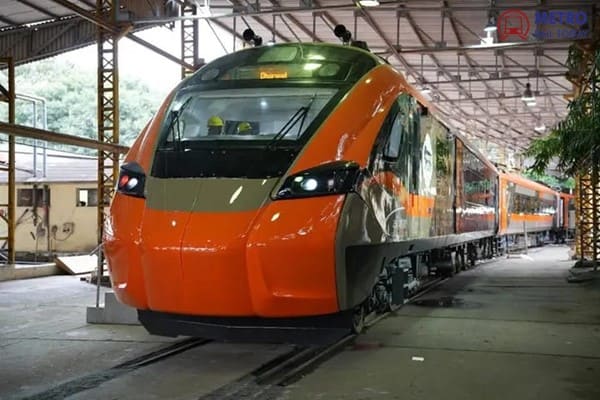 Launch of Vande Bharat Sleeper Trains delayed as Railways flags furnishing and safety concerns
Launch of Vande Bharat Sleeper Trains delayed as Railways flags furnishing and safety concerns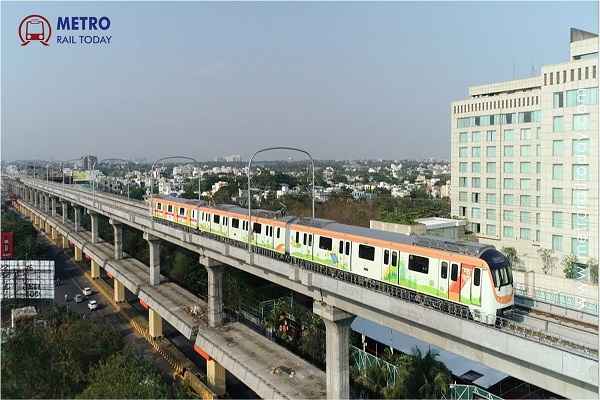 Three firms bid for Automatic Fare Collection System Contract for Nagpur Metro Phase 2
Three firms bid for Automatic Fare Collection System Contract for Nagpur Metro Phase 2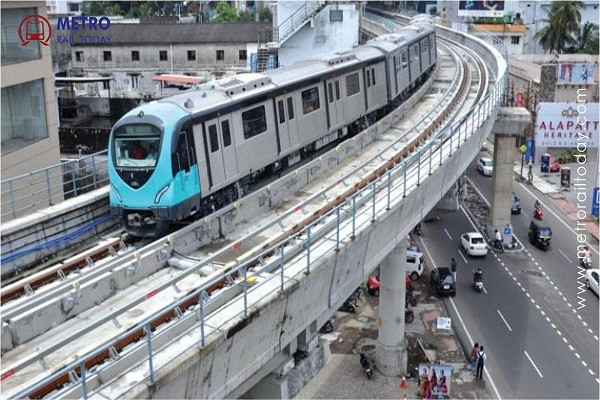 Three Firms shortlisted for Third Rail Electrification Contract of Kochi Metro Phase 2
Three Firms shortlisted for Third Rail Electrification Contract of Kochi Metro Phase 2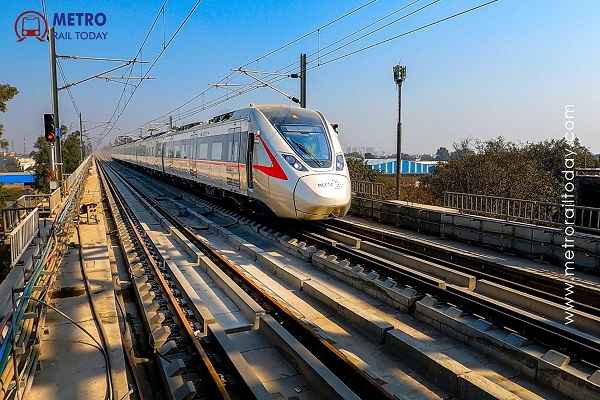 Construction for Delhi-Gurugram-Alwar Namo Bharat RRTS Corridor likely to begin in August 2026
Construction for Delhi-Gurugram-Alwar Namo Bharat RRTS Corridor likely to begin in August 2026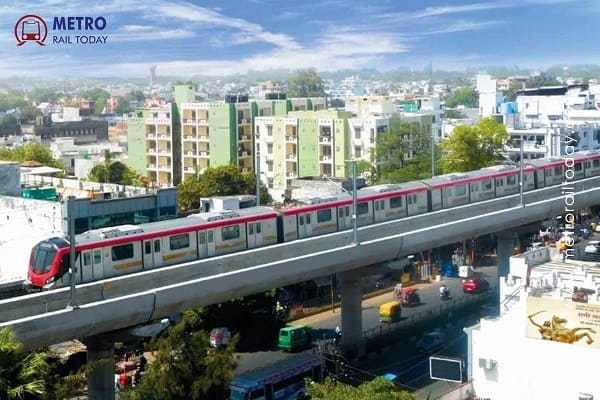 Two firms compete for Detailed Design Consultancy Contract of Lucknow Metro Line 2
Two firms compete for Detailed Design Consultancy Contract of Lucknow Metro Line 2 First tender launched for 240 km Amritsar–Jammu High-Speed Bullet Train Corridor
First tender launched for 240 km Amritsar–Jammu High-Speed Bullet Train Corridor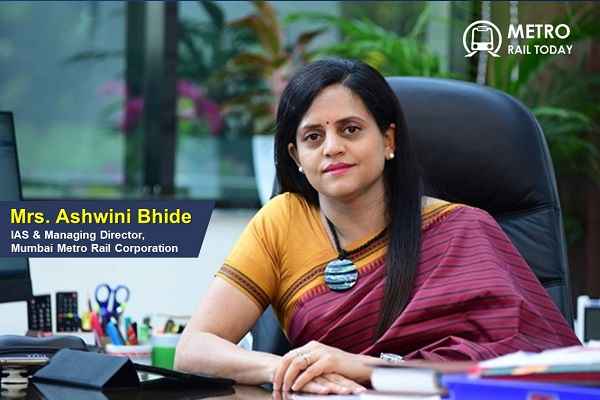 How Ashwini Bhide’s vision shaped Mumbai Metro Line 3 and redefined Urban Mobility?
How Ashwini Bhide’s vision shaped Mumbai Metro Line 3 and redefined Urban Mobility?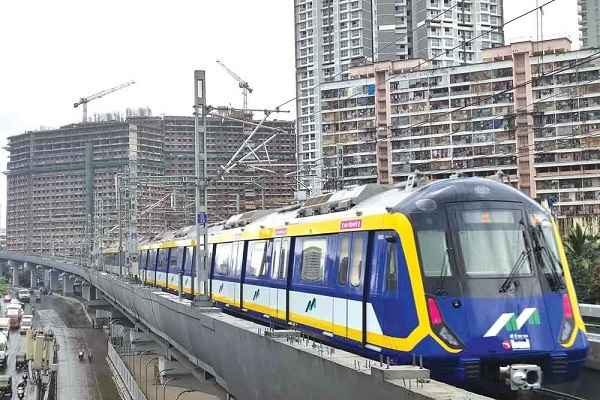 Titagarh Rail Systems Bags ₹2,481 Crore Rolling Stock Contract for Mumbai Metro Line 5
Titagarh Rail Systems Bags ₹2,481 Crore Rolling Stock Contract for Mumbai Metro Line 5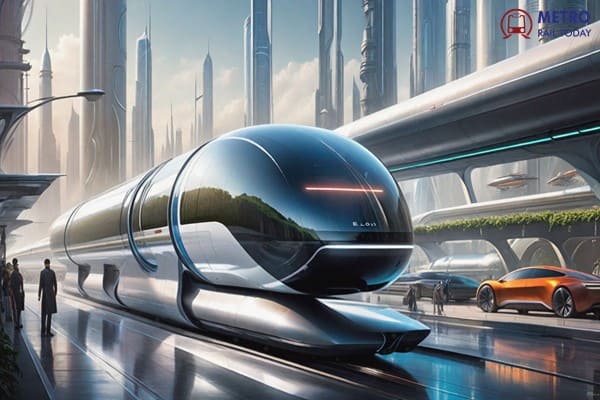 DP World, Deendayal Port and Nevomo join hands to Pilot Magnetic Rail Cargo Movement in India
DP World, Deendayal Port and Nevomo join hands to Pilot Magnetic Rail Cargo Movement in India
First Undersea Tunnel Breakthrough achieved on Mumbai-Ahmedabad Bullet Train Project
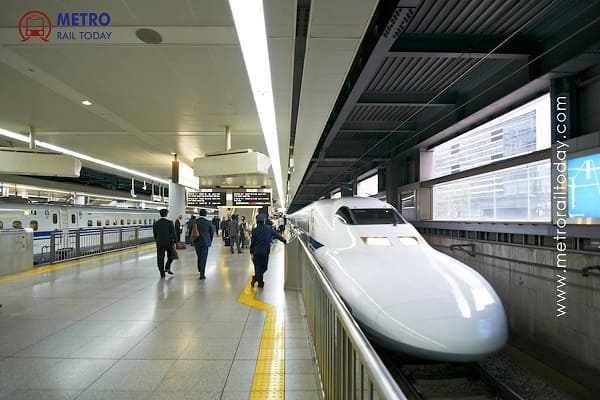
Mumbai, India (Metro Rail Today): The Mumbai–Ahmedabad Bullet Train project achieved a significant engineering breakthrough on Saturday as a 4.88 km tunnel section between Shilphata and Ghansoli was successfully excavated using the New Austrian Tunneling Method (NATM) by the Afcons Infrastructure Ltd. The announcement was made by the National High-Speed Rail Corporation Limited (NHSRCL) in the presence of Union Railway Minister Shri Ashwini Vaishnaw, who witnessed the event live at the Ghansoli shaft.
This tunnel breakthrough is a key milestone in the ongoing construction of India’s first bullet train corridor—a 508 km high-speed rail link that will connect Mumbai and Ahmedabad in just 2 hours and 7 minutes.
A Landmark for India’s First High-Speed Rail Project
The 4.88 km NATM tunnel forms part of a larger 21 km underground stretch between Bandra-Kurla Complex (BKC) and Shilphata, which includes a 7 km undersea tunnel beneath Thane Creek. The section is designed as a single-tube structure with a 13.1-metre diameter, housing twin tracks for both up and down lines.
The tunnel was constructed under challenging geological conditions, requiring controlled blasting, detailed geotechnical survey works, and comprehensive support systems to ensure stability and worker safety.
“A crucial 4.8-kilometre section has achieved a breakthrough today. This is a very important milestone for the entire project... This corridor is going to benefit not just Mumbai and Ahmedabad, but also the economies of all cities along the route — Thane, Vapi, Surat, Baroda, and Anand,” said Railways Minister Ashwini Vaishnaw, addressing media on-site.
What's Next?
With the excavation complete, NHSRCL will now focus on:
-
Waterproofing
-
Lining and Finishing Works
-
Installation of critical rail systems and safety equipment
The remaining 16 km of tunneling along the route will be executed using Tunnel Boring Machines (TBMs).
To ensure the safety of the workforce and surrounding areas, the tunnel work included:
-
Settlement markers
-
Piezometers
-
Inclinometers
-
Strain gauges
-
Restricted access zones
-
Fresh air pumping systems
Project Progress at a Glance
As of now, NHSRCL has reported the following progress across the 508 km corridor:
-
321 km of viaducts completed
-
398 km of pier work
-
206 km of trackbed construction
-
Installation of over 2,000 OHE masts (covering 48 km)
-
17 river bridges and 9 steel bridges built
-
Over 4 lakh noise barriers installed
The iconic Sabarmati terminal in Ahmedabad is also nearing completion and will serve as a major hub in the bullet train network.
Industry Perspective
Commenting on this milestone, Mrs. Mamta Shah, MD & CEO of Urban Infra Group, said:
“This breakthrough is more than just a tunneling success—it symbolizes India’s engineering prowess and commitment to next-generation transportation. The Mumbai–Ahmedabad High Speed Rail corridor is poised to redefine regional mobility and drive economic integration on an unprecedented scale.”
Looking Ahead
The Mumbai–Ahmedabad Bullet Train, being developed with technical assistance from Japan, will usher in a new era of high-speed rail travel in India. The project is not only reducing travel time but also expected to generate thousands of jobs, boost local economies, and promote technology transfer in infrastructure and railway construction.
With tunneling work accelerating and viaducts rapidly taking shape, India’s bullet train dream is steadily turning into a high-speed reality.
Stay tuned to Metro Rail Today for exclusive updates on India’s high-speed rail revolution.





